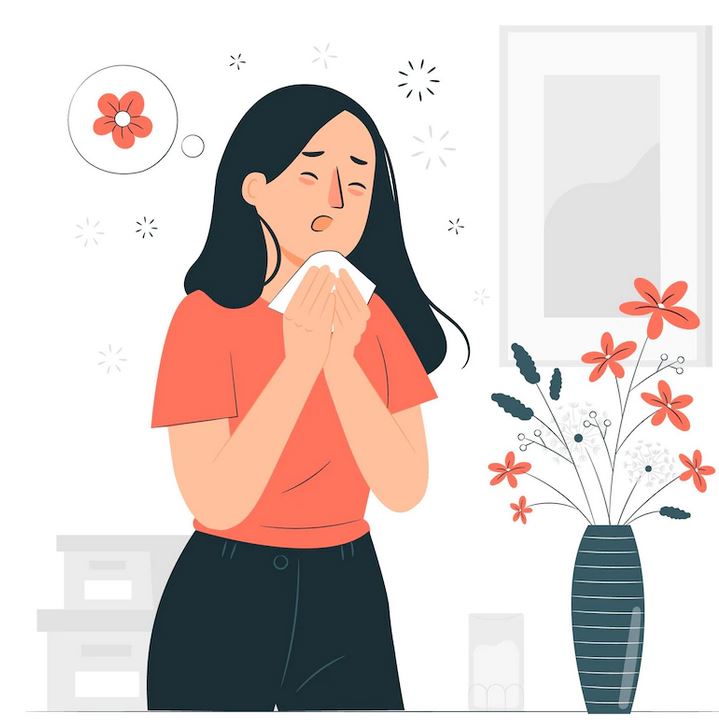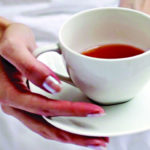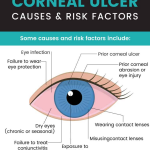Dust mites, tiny dust particles, or insects float in the dry winter air. Dust particles and these harmful germs enter the body with the breath. Therefore, the incidence of dust allergy increases. It can cause various problems including itching, sneezing, coughing, runny nose, and difficulty breathing.

Why Dust Allergy occurs and Remedies from Dust allergy in Winter
If there is a pre-existing allergy problem in the family, the rest of the family members may also develop allergic problems. But it is not contagious. Young children, asthmatics, and pregnant women can have this type of allergy. Allergic reactions can also occur if grass or flower molecules enter the nose. Dust mites are more common in the humid and humid environments of the house which can cause allergy problems.
Symptoms of Dust Allergy
Dust allergy causes various physical symptoms of inflammation in the upper respiratory tract. These include runny nose, stuffy nose, burning inside the nose, constant sneezing, itchy or red eyes, and persistent watery eyes. Apart from this, there may be headaches and a hacking cough. In children, there is also a tendency to rub the nose upwards repeatedly. People with asthma have other symptoms besides increased frequency of breathlessness. For example, shortness of breath, tightness in the chest, and whistling or sometimes rattling sounds from the chest while breathing. Some people have difficulty sleeping at night if they have a cough.
Diagnosis for Dust Allergy
First, you need to find out the exact cause of dust allergy. This may require some testing. Such as skin allergy tests, blood tests, etc. Dust allergies are usually treated with antihistamines and paracetamol. You can use decongestant drops or saline solution if the nose is blocked. Some may need to use steroid sprays, which reduce swelling inside the nose, as prescribed by a doctor. But a very important part of treatment besides medication is avoiding any situation that triggers the allergy.
Remedies for Dust Allergy
If you have a problem with a dust allergy, you should always use a mask after going out of the house. Home furniture dust should be cleaned regularly. Every day after waking up and before going to bed, the bed should be dusted thoroughly. Cover the nose and mouth as much as possible while cleaning the house. Daily use clothes, sheets, pillows, etc. can not be formed if exposed to the strong sun for a few hours. Wash bed sheets and pillow covers at least once a week. Do not keep bookshelves, magazines, or old newspapers in the bedroom, because dust can easily accumulate on them. It is better not to keep carpets or furry and feathered animals in the house because these animals contain substances that cause allergies. The room should be well-ventilated and plenty of water must be drunk.
What to eat in case of Dust Allergy
Some ingredients should be kept in the diet, which will build the body’s immunity against the problem of allergy. Notable among these are—
Green tea, masala tea, dairy products, hot spicy foods (cinnamon, cardamom cloves), various nuts, green and red vegetables, marine oily fish, seasonal sour fruits, etc. Apart from that, the consumption of Kalijira and honey in various ways will help in increasing immunity.





















